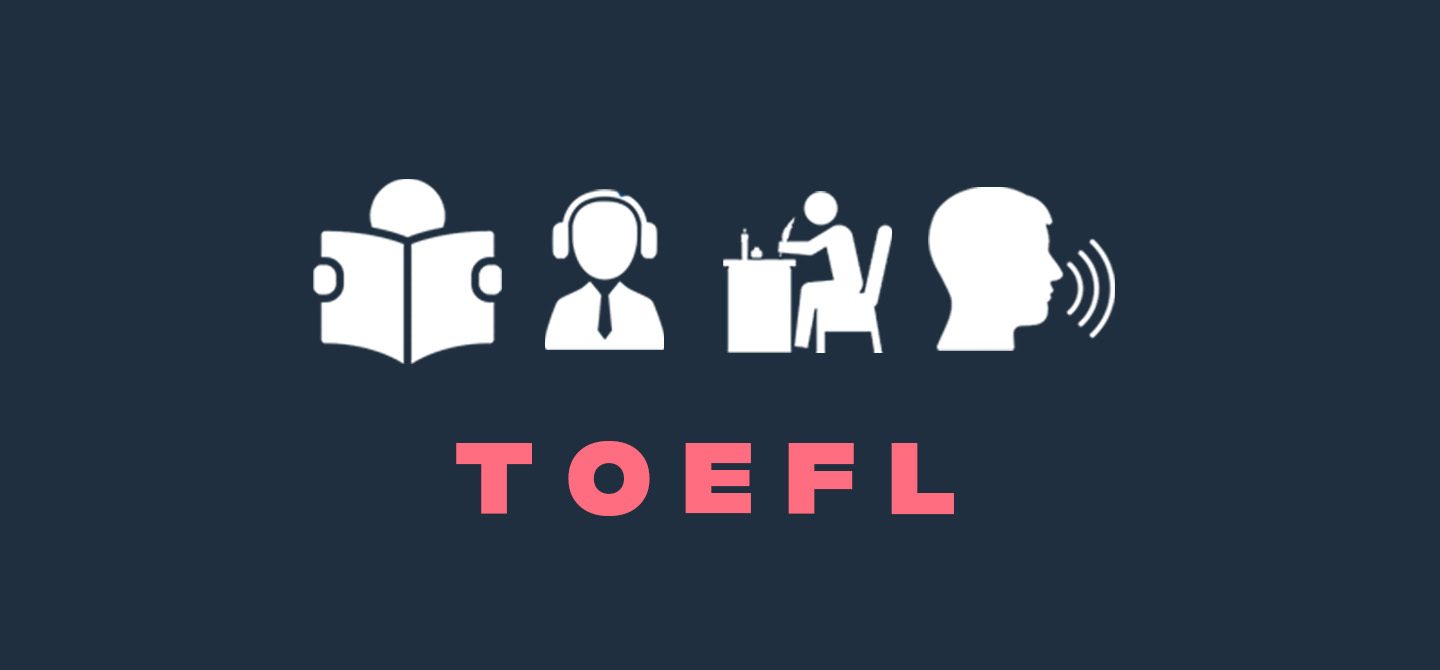How Is IELTS Writing Scored?
Or, would you prefer a straightforward response that covers key points and makes sense of abstract concepts? Though clarity is key, Google also places a high value on being thorough. This means marketers need to be careful…
The C2 Proficiency (CPE) Exam
Or, would you prefer a straightforward response that covers key points and makes sense of abstract concepts? Though clarity is key, Google also places a high value on being thorough. This means marketers need to be careful…
The C1 Advanced (CAE) Exam
Or, would you prefer a straightforward response that covers key points and makes sense of abstract concepts? Though clarity is key, Google also places a high value on being thorough. This means marketers need to be careful…
The B2 First (FCE) Exam
Or, would you prefer a straightforward response that covers key points and makes sense of abstract concepts? Though clarity is key, Google also places a high value on being thorough. This means marketers need to be careful…
Cambrige Exams
Or, would you prefer a straightforward response that covers key points and makes sense of abstract concepts? Though clarity is key, Google also places a high value on being thorough. This means marketers need to be careful…












